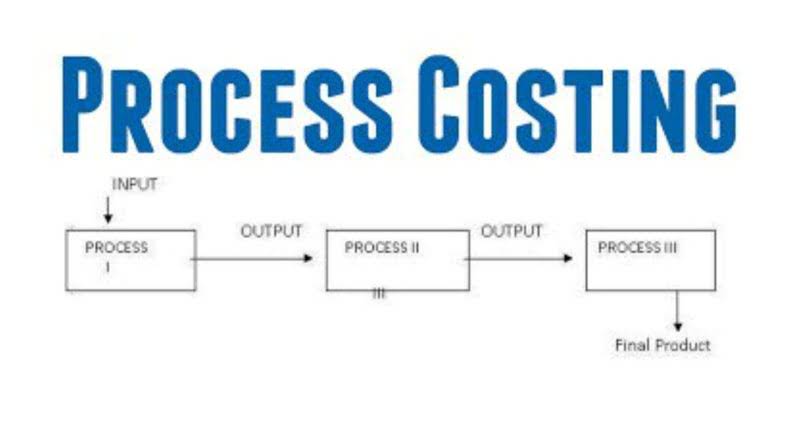Find a Bookkeeper or Accountant Near You
When you and your clients use Xero products, a dedicated Account Manager will be at hand to help you reach your business goals. We have a trained and experienced accounting education team to help show you all the efficiencies of Xero, develop specializations, and ways for you to become an expert advisor.Flexible training and education options are also available. When you’re looking for answers, simply start by searching in Xero Central.Our online community is also at hand, ask questions, share ideas, and solve issues with other Xero partners and our Xero product experts.
Find a US bookkeeper or accountant near you
This means mentors and mentees are matched according to their complementary interests, skills and goals. See how to get listed in the Xero advisor directory and how to make the most of the opportunity. All firms listed in the directory have staff members trained in Xero and eight or more clients on Xero. With Xero, you can work together on the same set of financial data at the same time, from anywhere, making it easier to collaborate and make informed business decisions. Join the Xero community of accountants and bookkeepers for more efficient collaboration, task automation and streamlined workflows. The status levels are partner, bronze, silver, gold and platinum, with each status offering more benefits for you and your clients.
- Discover how the program rewards you as you progress, and how Xero’s partner-exclusive tools help you run your practice and serve your clients.
- The number of US accountants decreased by around 17% in the last couple of years, and this talent shortage crisis is causing pressure to evolve the role of the modern accountant.
- When you’re looking for answers, simply start by searching in Xero Central.Our online community is also at hand, ask questions, share ideas, and solve issues with other Xero partners and our Xero product experts.
- If you are an accountant or bookkeeper in a practice, you can become a recognized Xero partner and receive the benefits of the Xero partner program.
- You’ll have a dedicated account manager to support you, access to Xero partner consultants for client data conversions and technical accounting queries.
How Mentor Match works
All designed to bring your data together in one simple, easy to navigate place. As a partner of Xero you can get free software, training, promotional material, dedicated support and so much more. Join over 250,000 accountants and bookkeepers using Xero in their practice. Get the tools and benefits to help you advise with confidence.
Grow with the Xero partner program
We collaborate with you so you and your team get the most out of Xero. Log in using your laptop, phone or tablet and get a real-time view of any client’s accounts.
Collaborate with your peers, support your clients and boost your practice. Strengthen your accounting or bookkeeping practice by joining the Xero Partner Program. Discover how the program rewards you as you progress, and how Xero’s partner-exclusive tools help you run your practice and serve your clients.
Xero champions are firms whose team members have completed the most Xero training and who are growing fast. Get noticed by 1000s of prospective clients as a recognized Xero partner. Get free software and get access to Xero Cashbook and Xero Ledger, available only to Xero partners. Understand your clients and work faster using Xero HQ in your practice. Use simpler versions of Xero for xero partners small businesses and clients whose needs are more limited. Migrate Sage or QuickBooks clients quickly and easily through Movemybooks and we’ll cover the cost.
Once you’ve joined the Xero partner program, we’ll get in touch to help get you started. You’ll have a dedicated account manager to support you, access to Xero partner consultants for client data conversions and technical accounting queries. Mentor Match is for all Xero partners (anyone who works in an accounting or bookkeeping firm that is part of the Xero partner program), from practice owners and decision-makers through to undergraduates and interns. Regardless of your age, experience or skill level, you’ll have the opportunity to learn from the industry’s brightest minds, or inspire – and be inspired by – the next generation of talent. The program offers a platform for accountants and bookkeepers to connect to others, whether it’s to educate and inspire their peers, or to learn from industry-leading role models who represent what it means to be an advisor today.
Navigating cloud adoption: A conversation with Xero ambassador Scope Solutions
As this is an industry-wide challenge, we believe the greatest impact in solving it will come from collaboration. So we’re launching Xero Mentor Match, a peer-to-peer mentoring initiative for Xero’s US and Canadian accounting and bookkeeping partners. Our dedicated education team offers regular onsite courses, live webinars and video guides. The Xero partner program is free and there are no ongoing costs. If you are an accountant or bookkeeper in a practice, you can become a recognized Xero partner and receive the benefits of the Xero partner program.
Mentor Match has launched with some of the industry’s best already on board. Anyone who joins the program has a chance to be matched with mentors from the Xero Partner Advisory Council, Xero ambassadors and some influential names in the accounting and bookkeeping community. The number of US accountants decreased by around 17% in the last couple of years, and this talent shortage crisis is causing pressure to evolve the role of the modern accountant.
If you’re looking to shape your career or help others shape what it means to be an accountant or bookkeeper today, Mentor Match is the program for you. Head to Xero Mentor Match for US and Canada partners to learn more, and sign up to become a mentor, mentee, or both in just a few minutes. Yes, as a Xero partner you have a free Xero subscription to use for your own books, including unlimited use of Xero Expenses, Xero Payroll and Xero Projects. You’ll also get access to Xero HQ – a central hub for all your client and practice data, activities and reporting.
Join over 100,000 accountants and bookkeepers using Xero in their practice. Together we’ll help you guide clients to better business decisions. Xero has partnered with Mentorloop – which provides mentoring software to organizations worldwide – to bring the Mentor Match program to life. It uses a unique algorithm to analyze cohorts and create equitable, peer-to-peer connections.




